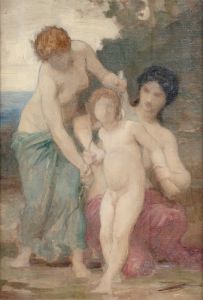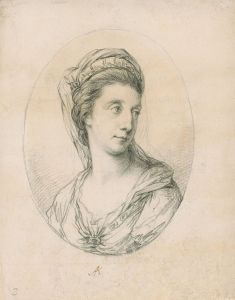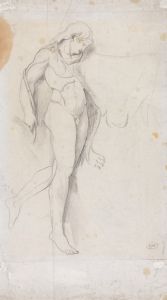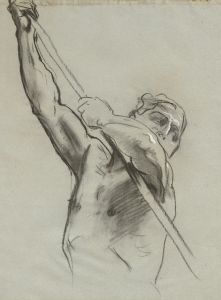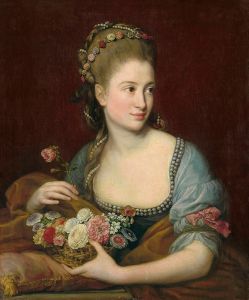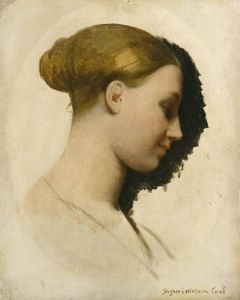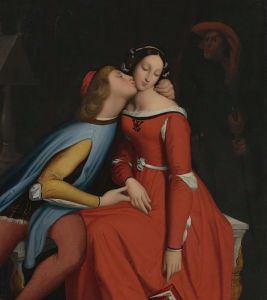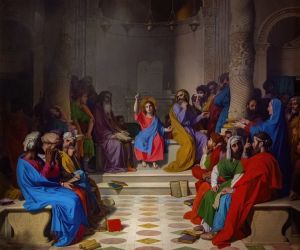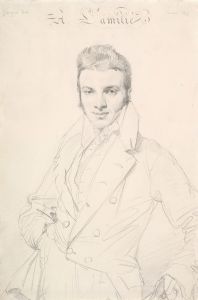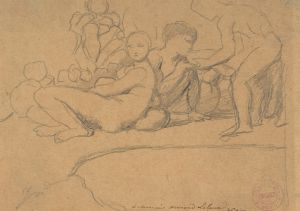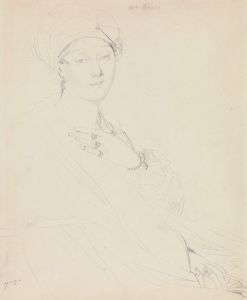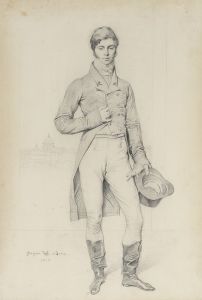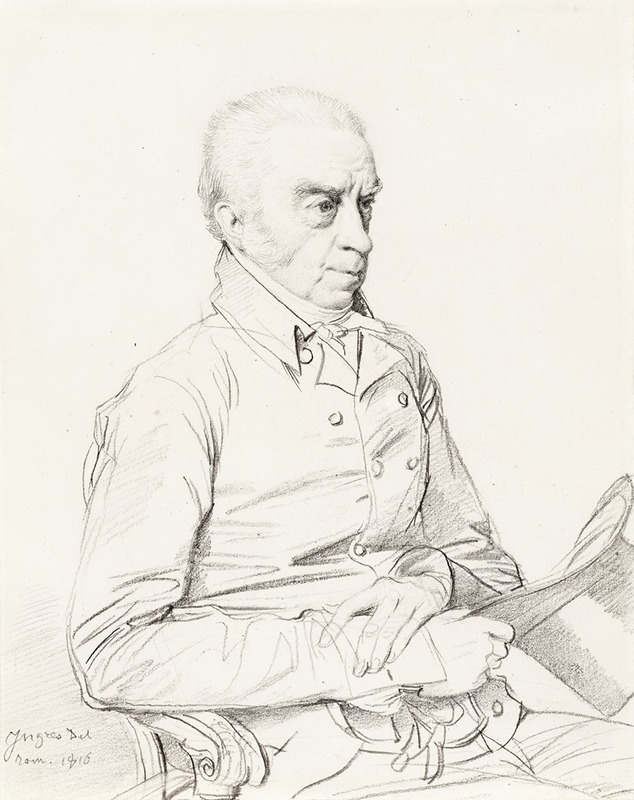
Portrait of Thomas Church
A hand-painted replica of Jean Auguste Dominique Ingres’s masterpiece Portrait of Thomas Church, meticulously crafted by professional artists to capture the true essence of the original. Each piece is created with museum-quality canvas and rare mineral pigments, carefully painted by experienced artists with delicate brushstrokes and rich, layered colors to perfectly recreate the texture of the original artwork. Unlike machine-printed reproductions, this hand-painted version brings the painting to life, infused with the artist’s emotions and skill in every stroke. Whether for personal collection or home decoration, it instantly elevates the artistic atmosphere of any space.
Jean Auguste Dominique Ingres, a prominent French Neoclassical painter, is renowned for his meticulous attention to detail and his ability to capture the essence of his subjects. One of his lesser-known works is the "Portrait of Thomas Church," which exemplifies Ingres' skill in portraiture. This painting, like many of Ingres' portraits, demonstrates his commitment to precision and his ability to convey the personality and status of the sitter.
Thomas Church was an Englishman who lived during the 19th century, and while specific details about his life and his relationship with Ingres are sparse, it is known that he was among the many individuals who sought to have their likeness captured by the celebrated artist. Ingres was known for his ability to attract a diverse clientele, ranging from aristocrats and politicians to artists and intellectuals, which speaks to his reputation and the demand for his work.
The "Portrait of Thomas Church" is a testament to Ingres' mastery of the portrait genre. Ingres had a unique ability to blend classical techniques with a modern sensibility, which is evident in this work. The portrait likely features the hallmarks of Ingres' style: a smooth, polished finish, precise lines, and a focus on the sitter's facial features. Ingres was known for his ability to render skin tones with a lifelike quality, and his portraits often exhibit a serene and composed demeanor in the subjects.
Ingres' portraits are characterized by their clarity and the way they capture the dignity and character of the sitter. In the "Portrait of Thomas Church," Ingres would have employed his typical approach of emphasizing the sitter's face, often using a neutral background to ensure that the viewer's attention remains focused on the subject. This technique allows the personality of the sitter to emerge, highlighting Ingres' belief in the importance of the individual.
The painting would have been executed with oil on canvas, a medium that Ingres favored for its versatility and ability to convey fine details. Ingres' use of light and shadow would have been carefully calibrated to enhance the three-dimensionality of the figure, a technique he mastered through his studies of classical sculpture and Renaissance painting.
While the "Portrait of Thomas Church" may not be as widely recognized as some of Ingres' other works, such as "La Grande Odalisque" or "The Apotheosis of Homer," it remains an important piece within his oeuvre. It reflects Ingres' dedication to the art of portraiture and his ability to capture the essence of his subjects with elegance and precision.
Ingres' influence on portraiture extended beyond his lifetime, as he set a standard for capturing the human likeness that would inspire future generations of artists. His work, including the "Portrait of Thomas Church," continues to be studied and admired for its technical excellence and its ability to convey the inner life of the sitter.
In summary, the "Portrait of Thomas Church" by Jean Auguste Dominique Ingres is a fine example of the artist's skill in portraiture, showcasing his attention to detail, his classical influences, and his ability to convey the personality of his subjects. Although specific details about Thomas Church and the circumstances of the portrait's creation are limited, the painting remains a testament to Ingres' enduring legacy in the world of art.






